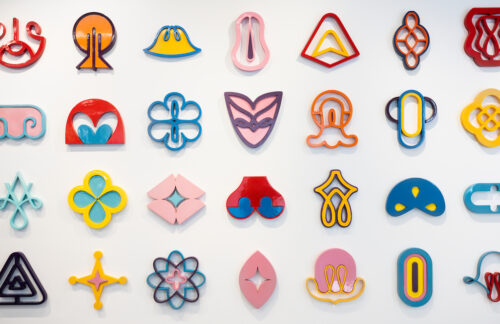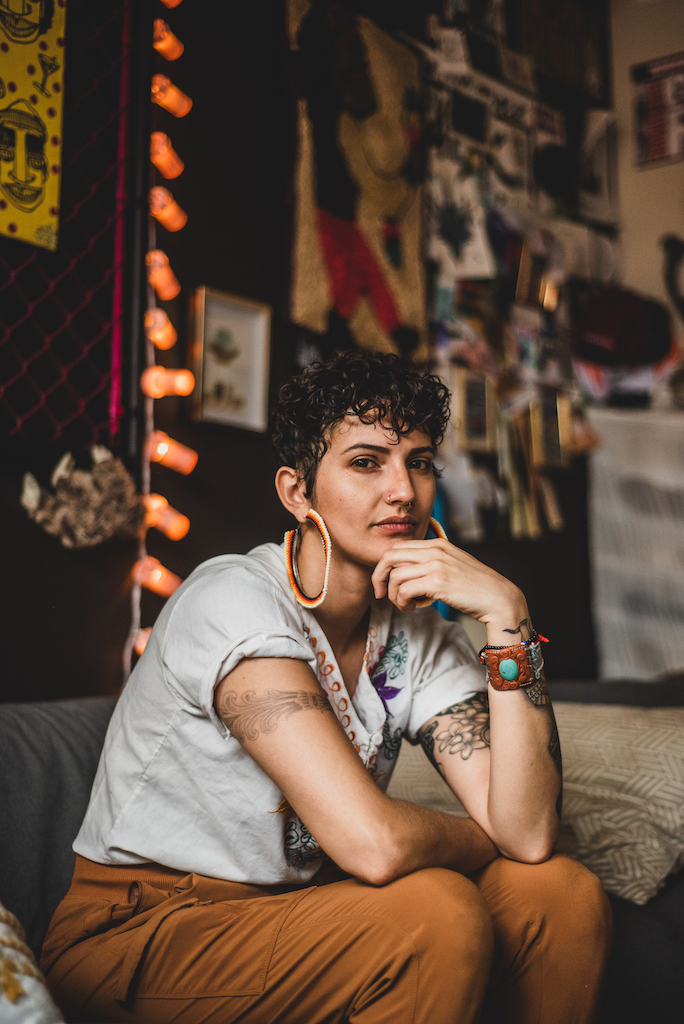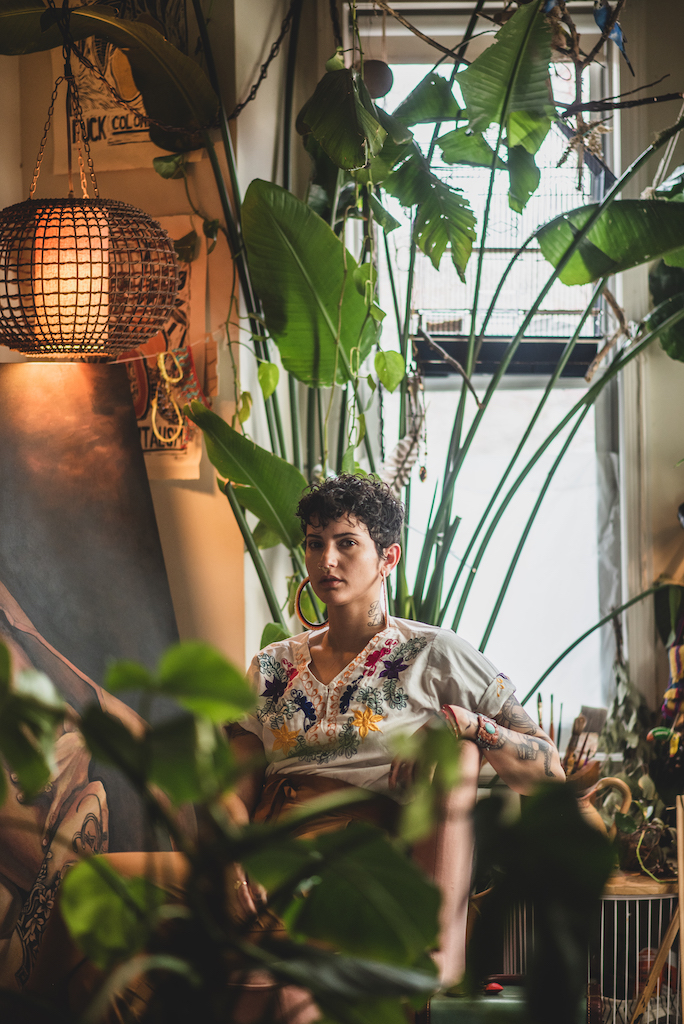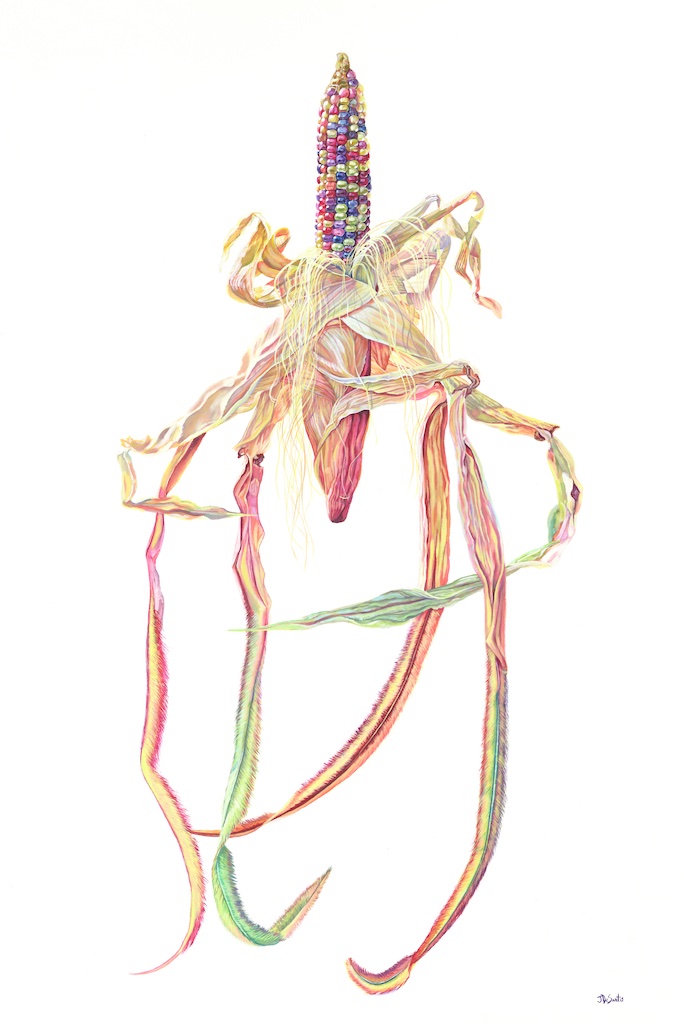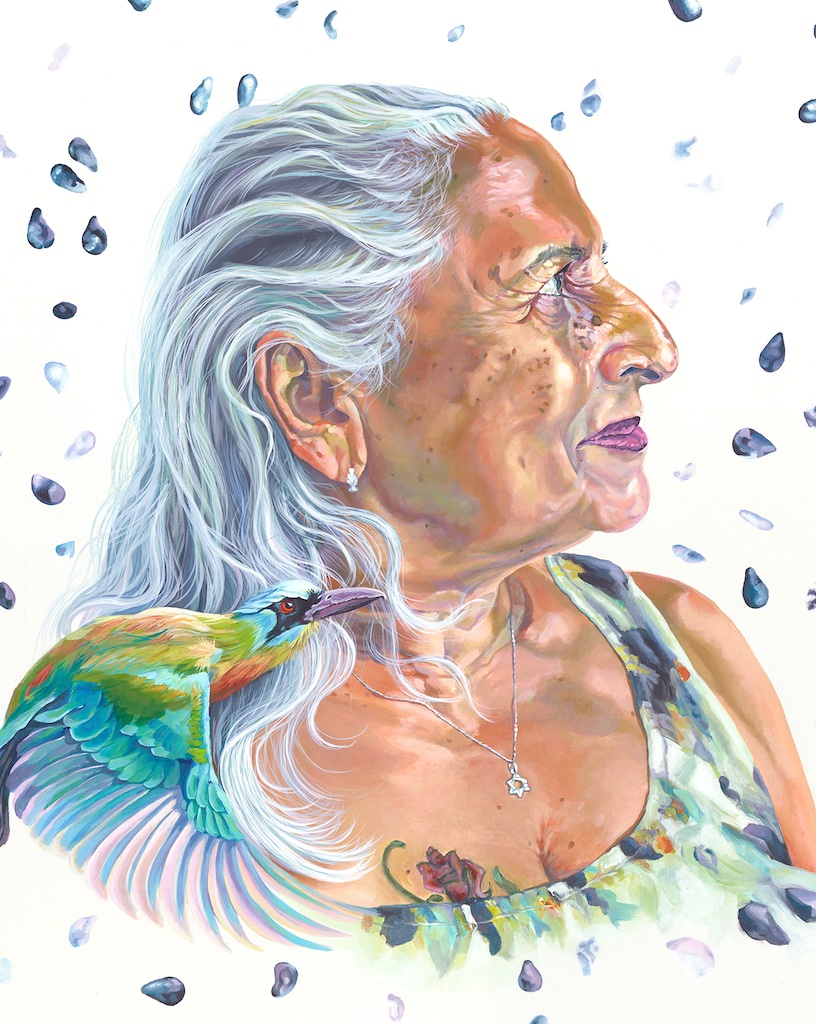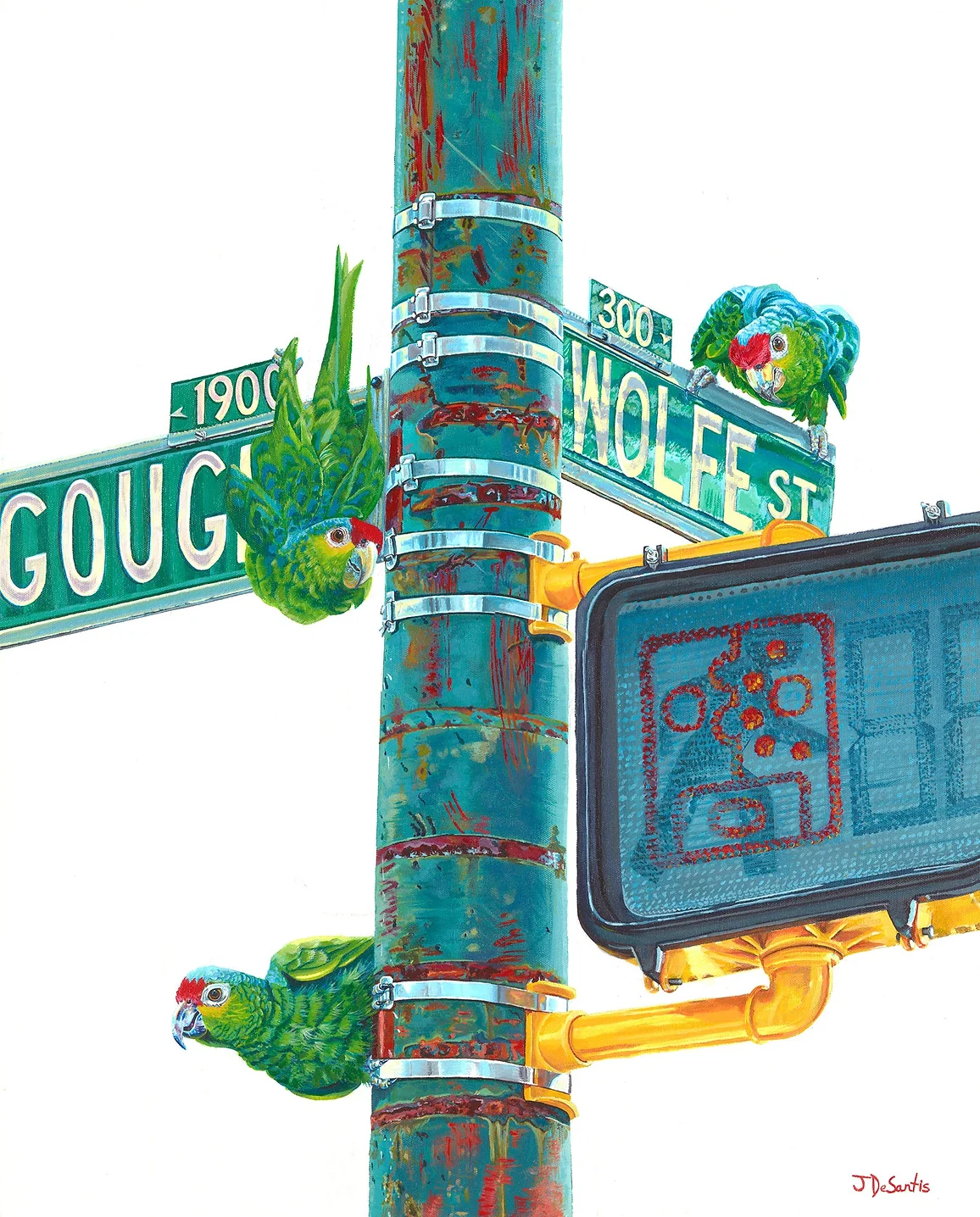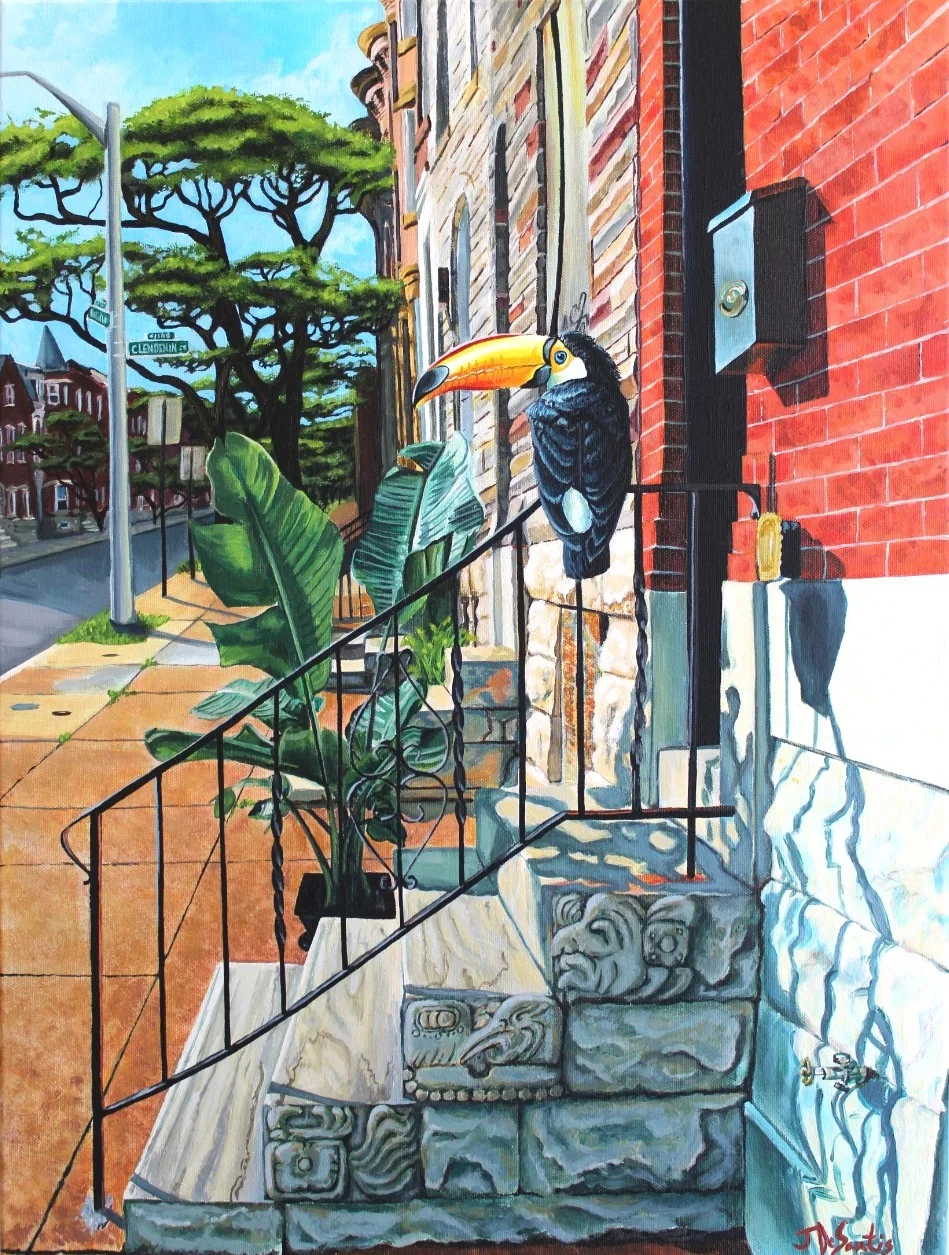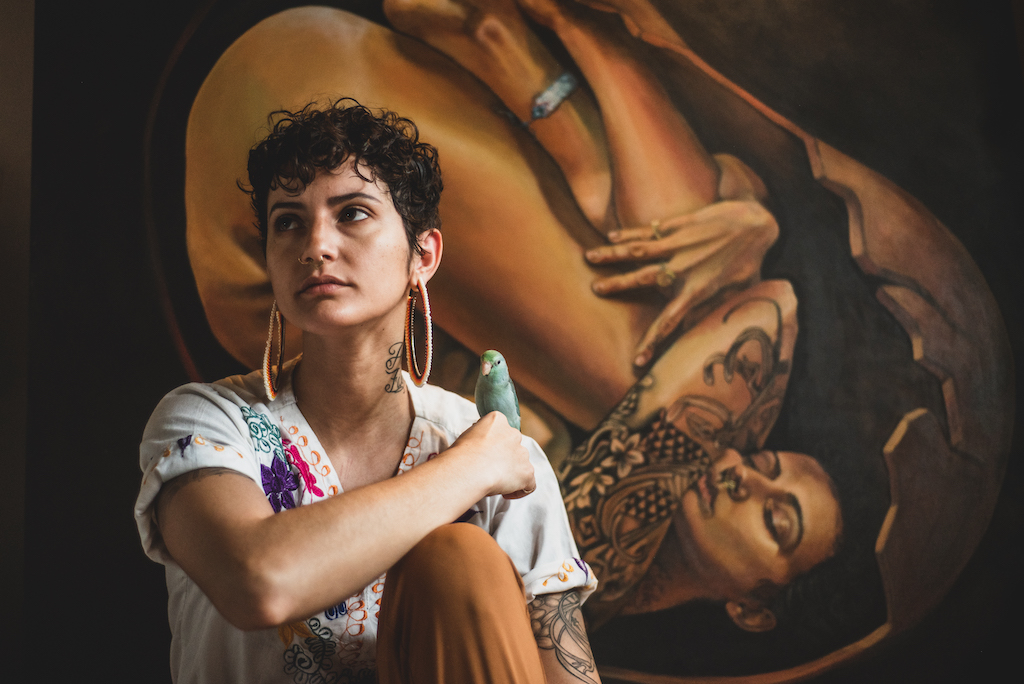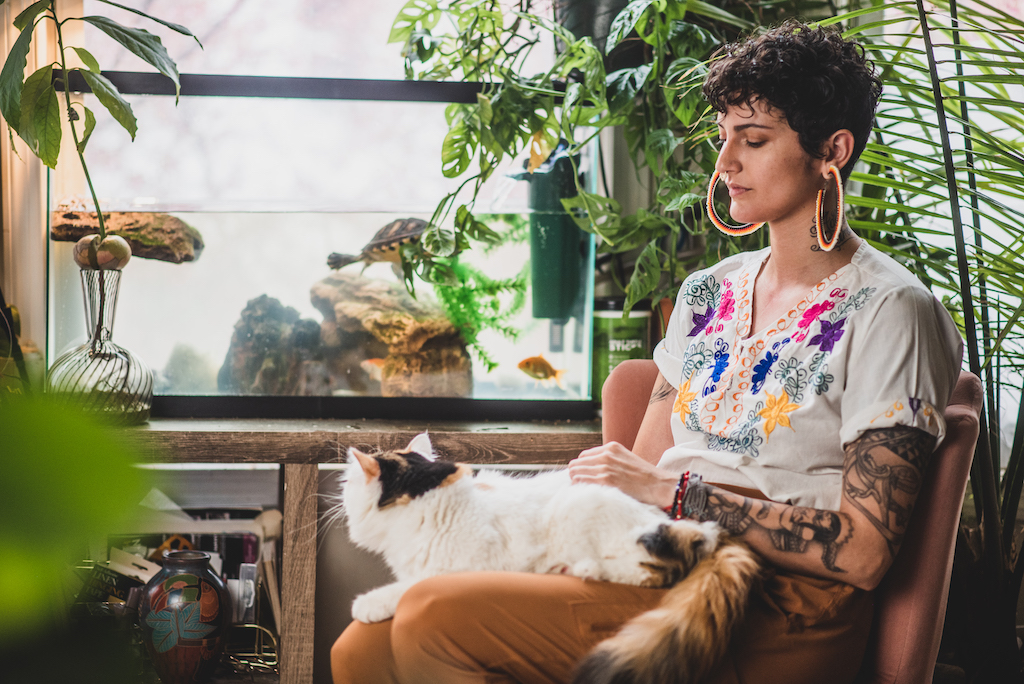The phrase, “the Latino community is not a monolith,” gets thrown around with some frequency. We hear it every election cycle, as politicians realize that people who trace their ancestry to the countries of Latin America have a range of different concerns and priorities–healthcare, jobs, education–and are not only interested in immigration issues. But maybe nothing encapsulates the anti-monolith of Latino identity so much as Jessy DeSantis’ formative years in Miami. Here, a personal and political history lesson is necessary.
Jessy’s father, a white American electrical engineer, had traveled with University of California, Berkeley students to Managua, Nicaragua in the late 1980s. They were helping to reconstruct a country torn apart by armed struggle. In 1979, the Sandinistas had overthrown Anastasio Somoza, the last representative of a dynastic family of dictators that had controlled the country since 1936.
The Sandinistas took their name from Augusto César Sandino, a leader who successfully fought the US occupation of Nicaragua in the 1930s, only for the Somozas to seize power in the ensuing political vacuum. The idealistic young man, John Kellogg, met Adela Mayorga, a strong and compelling part-Indigenous Sandinista woman working on their educational and literacy campaigns, and the rest was history. From what Jessy calls their “revolutionary love,” an older brother was born in Nicaragua and, a few years later, Jessy was born in the United States where their family had moved after the Sandinistas lost power in the election booth.
When Jessy’s father died unexpectedly a few years later, he left behind a widow, just beginning to learn English, with two children to support and an architecture degree that was useless in the United States. However Jessy’s mother’s family, which originated in both Nicaragua and El Salvador, leaned on each other for support and survival in Miami. Still, as Jessy describes it, “growing up in a white Cuban community, being from brown Nicaraguan-Salvadoran people,” was confusing. Cubans, some from wealthier backgrounds, had come to Florida to request political asylum from communism, which they vociferously opposed.
